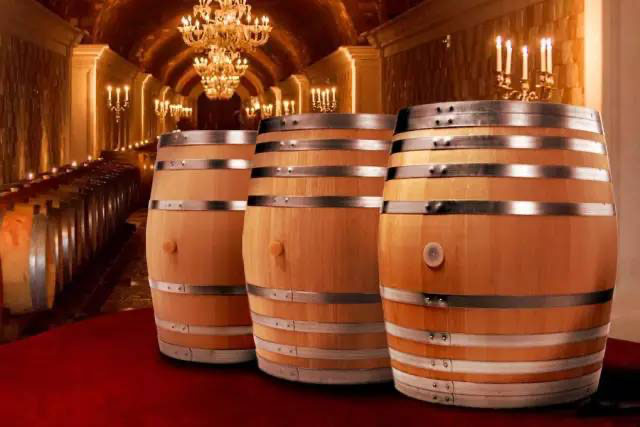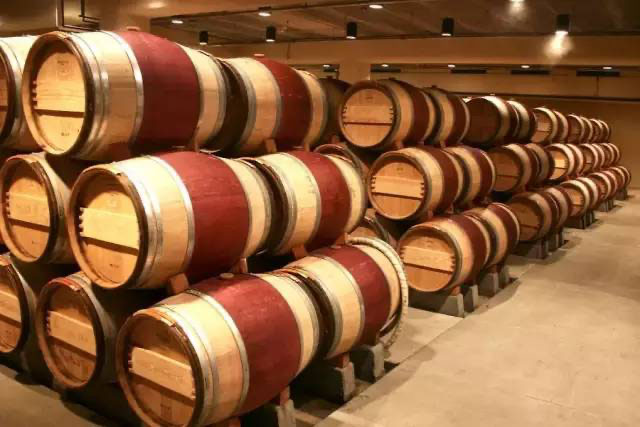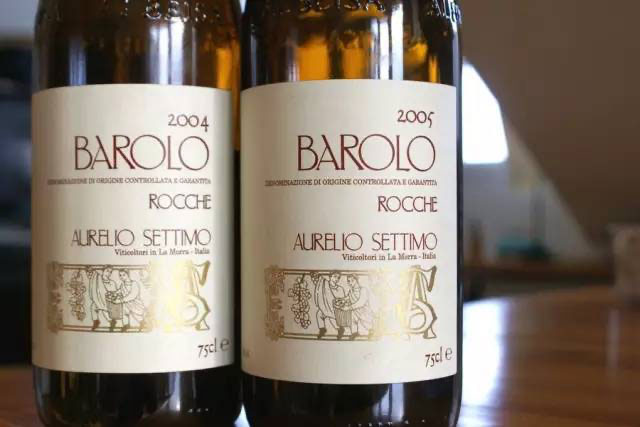When buying wine, we are sometimes told that this wine is aged in oak barrels, and that it is aged in small barrels. Compared with large barrels, this wine is of higher quality. Does that mean that the smaller the oak barrel, the higher the wine quality? Do the oak barrels of different specifications bring the same taste and quality?
1. What effect can oak barrels have on wine?
Generally, most of the top red wines on the market have been aged in oak barrels for a long time, and some particularly high-quality white wines have also been aged in oak barrels. Someone once commented that oak barrels are the cradle of wine life, showing the importance of oak barrels to wine. While oak barrels have a positive impact on wine, they also have a negative impact.
Positive impact
① More aroma can be given: The baking process in the oak barrel will cause a series of aroma substances in the oak barrel, which can give red wine leather, tobacco, vanilla, nutmeg, cigar box, chocolate, coffee and smoked bacon, etc. Aroma, can give white wine cream, hazelnuts, almonds, vanilla and roasted toast.
② It can make the wine self thick and heavy: oak barrels contain a certain amount of hydrolyzed tannins, which can condense with the tannins from the wine, making the wine self thicker.
③ It can make the taste round: the barrel wall of the oak barrel will allow the appropriate amount of oxygen to penetrate into the barrel, and the appropriate micro-oxidation reaction will occur, so that the wine will gradually become soft and round from the sharp acid and jerky.
④ Stable color: The micro-oxygen environment in oak barrels will cause polymerization reaction between pigment and tannin, making the color of wine more stable and bright.
⑤ Improve the potential of aging: the tannin in oak will penetrate into the wine and increase the skeleton of the wine. At the same time, the micro-oxygen environment makes the structure of the wine more evolved and has stronger antioxidant capacity, thereby improving the aging of the wine. potential.
Negative impact
① It will cover the flavor characteristics of wine: not all wines are suitable for oak barrel aging, such as Riesling wine, the wine body is more delicate, the aroma is relatively fresh, excessive oak barrel aging will actually cover up its own floral aroma and fruit Fragrance and other characteristic aromas will also mask the delicate and delicate structure and structure of the wine.
② Will increase the price of wine: The cost of oak barrels generally needs to be more than a few thousand yuan, which will directly increase the production cost of wine and cause the price of wine to increase.
2. What are the specifications of oak barrels?
Usually oak barrels are generally 225L. This was because Britain was the largest importer of French wine. At that time, the transportation unit was 50 gallons, that is 225L, so the capacity of the transportation container oak barrel was set to 225L. After 1608, glass bottles were used to load wine. People used this conversion method: 1 oak barrel = 225L = 50 gallons = 50 cases (6 bottles) = 300 bottles (750mL), so the wine we usually see is 6 bottles per box.
In addition, the specifications of oak barrels used in many different production areas are different, such as Chablis is usually 132L; Champagne production area is 205L; Bordeaux is 225L; Burgundy is 228L; Cognac is 350L; Chateauneuf du Pape is 600L; Mosel is 1,000L; Rheinhessen is 1,200L. Common oak barrels on the market are 10L, 30L, 100L, 300L, 500L and even thousands of liters.
3. Do the different specifications of oak barrels affect wine?
The different oak barrel specifications will cause the contact area between wine and air, and the contact area between oak will be different, so that the quality of wine also vari
es.
(1) Small oak barrels: the contact area between wine and oak is large, and there are many opportunities for contact, which makes the wine's flavor substance sufficient and the wine body strong. However, if the oak barrel is too small, it will lead to a large contact area between the wine and the air, and the oxidation rate is fast, which is not conducive to the stability of the wine's aging, and at the same time it will cover the fruity aroma and delicate structure of the wine. On the whole, most of the production areas in the world use 225L oak barrels, such as Bordeaux, Napa and Barossa, because the contact area between oak barrels and wine is relatively moderate. It can bring sufficient flavor substances, and it will not accelerate the oxidation of wine.
(2) Large oak barrels: There is less opportunity for wine and oak to contact, and the content of flavor substances brought in the short term is not as high as that of small barrels, and it will not cause wine peroxidation and other problems. It is more suitable for long-term oak barrel wine storage. Wines such as Barolo and Barbaresco in Italy. This type of wine is usually aged in Slovenian vats ranging from 1,500 to 4,000 liters for more than a few years. The wine is extremely strong and powerful, and the aging potential is huge. Some can even be aged for more than 50 years.
Many countries have different opinions on whether to use large barrels or small barrels. The most famous is the dispute between the old and new schools of Barolo and Barbalesco in Italy. The "old school" is also called the traditional school, and insists on the use of large barrels of aging, and the aging time can reach more than 3-4 years, while the "new school" is also called the reformist, which usually uses small oak barrels for aging, and the aging time is less than the "old school". It is delicate and delicate tannin structure, outstanding fruity fragrance and earlier time to market.
On the whole, no matter it is a large barrel or a small barrel, the longer the aging time in oak barrels, the more flavorful the wine, the stronger the body, the greater the aging potential and the higher the quality. Therefore, there is no absolute proportional relationship between the quality of wine and the size of oak barrels. It is better to be aged in small barrels or better in barrels. Both barrels and barrels can produce top-quality wines.


